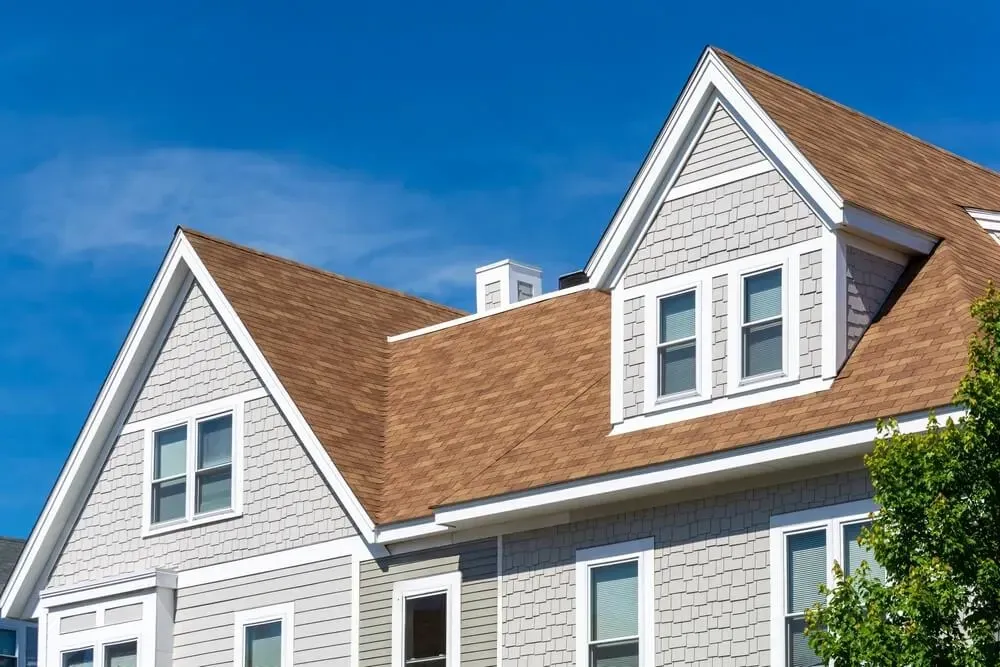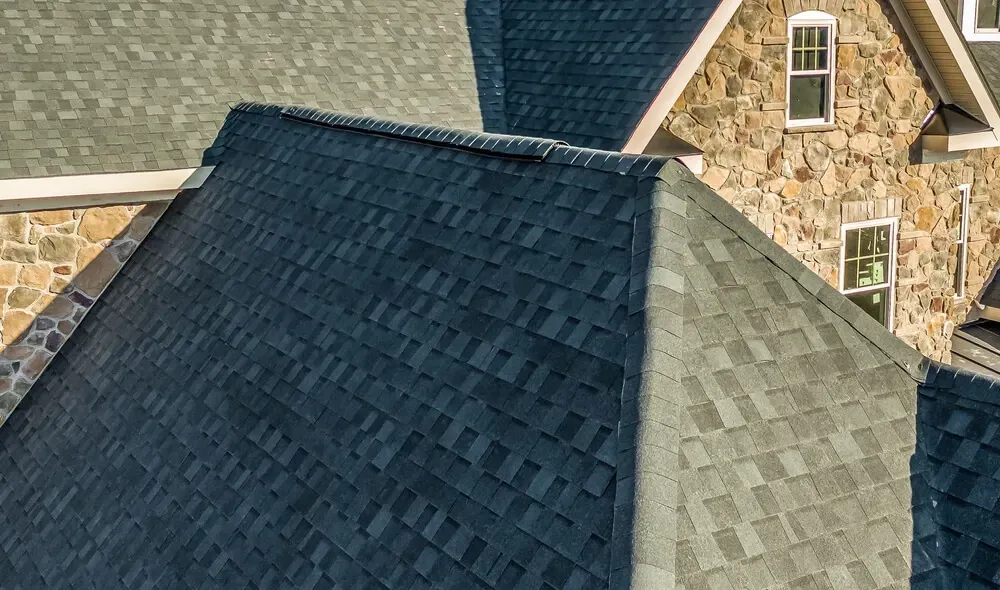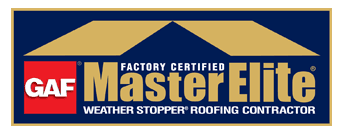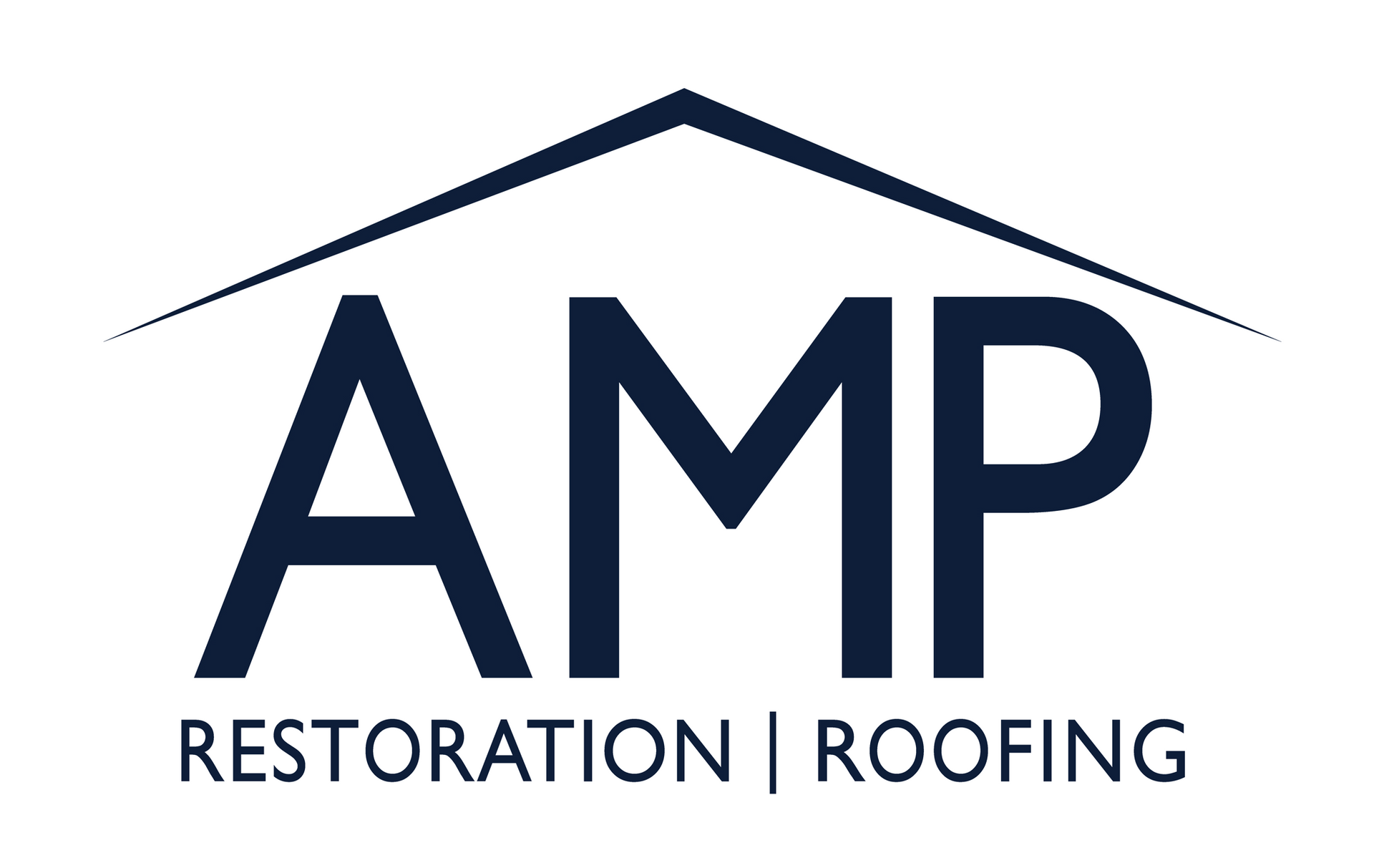A Homeowner's Guide to Roof Trusses and Vents
Keeping a roof solid and airy can feel tricky. Many roofs fail early because their framing or airflow never matched the house's needs. Leaks, sagging ceilings, and mold often start here, long before you spot a stain on the drywall.
This guide walks you through the backbone of every roof—trusses—and the vents that let it breathe. You'll learn how each part works, what choices fit common homes, and how to spot trouble before it grows. Stick around and turn roof talk into clear, doable steps.
The Job of a Roof Truss
A roof truss is a pre-engineered triangle of lumber and metal plates. It spreads weight evenly, so walls don't bow and ceilings stay flat. Unlike older hand-cut rafters, trusses arrive ready to lift and lock in place, saving build time and lumber costs.
Because trusses carry every pound of roofing, layout matters. The wrong shape can stress walls or block attic airflow. Knowing the
types of roof trusses used in modern houses helps you pick or repair the right one and avoid long-term strain.
Key Benefits
- Faster installation than stick framing
- Predictable load capacity
- Open attic space for ducts and storage
- Consistent quality from factory assembly
Comparing Popular Truss Designs
Roof trusses are the backbone of your roof. They carry the load, shape your attic space, and help your roof handle wind, snow, and time. Here are some of the most common truss types used in homes and commercial buildings—and what makes each unique.
King Post Truss
The King Post truss is one of the simplest and oldest truss styles. It features a single vertical post in the center with angled supports. It's affordable and easy to install, great for sheds, garages, and tight spans.
Queen Post Truss
Like the King Post, the Queen Post truss uses a vertical support—but with two posts instead of one. This allows it to span a bit farther without sagging. It provides more attic room and handles longer spans than a King Post.
Fink Truss
The Fink truss is one of the most common types used in residential construction. It has a webbed design shaped like a "W," which distributes weight efficiently. Strong, cost-effective, and easy to customize for different spans
Howe Truss
The Howe truss has a similar layout to the Fink but uses vertical members and angled supports in reverse. This design makes it especially good at handling heavy loads.
Scissor Truss
The Scissor truss forms an inward "V" shape, creating a vaulted ceiling effect inside the structure. It offers both strength and visual appeal—no need for flat ceilings.
Ventilation Makes or Breaks a Roof
Warm air rises, soaking the roof decking in moisture. Over time, nails rust, insulation clumps, and spores spread. Good vents pull stale air out and draw fresh air in, trimming energy bills and extending shingle life. There are several types of roof vents you can add or upgrade:
Active Vents
- Ridge vent with baffle
- Solar-powered fan
- Turbine vent
Passive Vents
- Soffit vent strips
- Gable louvers
- Dormer vents
Aim for balanced intake at the eaves and exhaust near the peak. A pro will size vents by attic square footage and climate. You'll also see specialty parts like a vent roof jack that seals pipe openings. Each vent fights heat and moisture in its own way but relies on a clear pathway through the framing.
Picking the Right Vents
Even the best types of roof vents fail if placed wrong. Here's a simple checklist:
Match vent area to attic size- Keep intake lower than exhaust
- Seal every cut with flashing and caps
- Use baffles so insulation can't block airflow
- Inspect yearly for bird nests or hail dents
Don't forget pipes that pierce the roof. Bath fans, kitchen hoods, and
plumbing vents on the roof need covers that shed water yet stay open. Missing boots around
plumbing vents on the roof cause some of the sneakiest leaks we fix. You could also look into house roof vent covers for extra protection.
Simple Maintenance and Warning Signs
A strong frame and clear vents still need quick checks:
Look for sagging ridges or cracked drywall- Scan shingles after storms; replace torn ones fast
- Clear leaves from valleys and soffit slots
- Touch attic insulation; if it's damp, boost airflow
If you spot daylight through sheathing or smell must, call the pros soon. Early fixes cost less than structural repairs down the road. Our residential roofing team can help with full inspections or upgrades.
Strength Above, Fresh Air Within
AMP Restoration and Roofing leads the region in framing and ventilation solutions for different roof material types. We design, install, and repair every major type of roof trusses system, pairing it with vents tuned to local weather. Our crew brings decades of craft, clean job sites, and clear updates from first call to final nail.
Whether you're building new, swapping shingles, or adding living space, we size
roof trusses types to your load and finish the job with balanced airflow. You'll get honest advice, detailed quotes, and support long after the truck rolls away.






